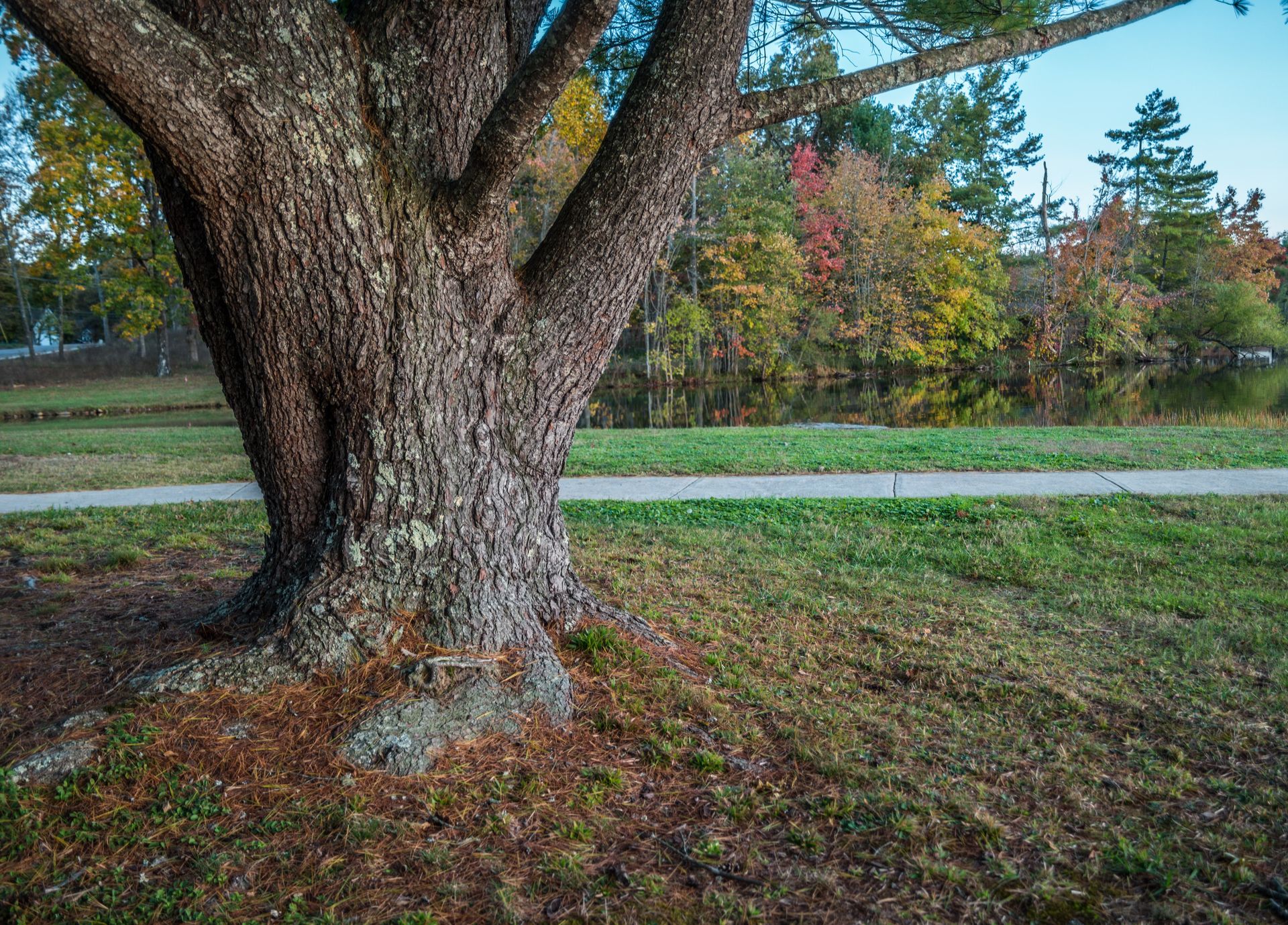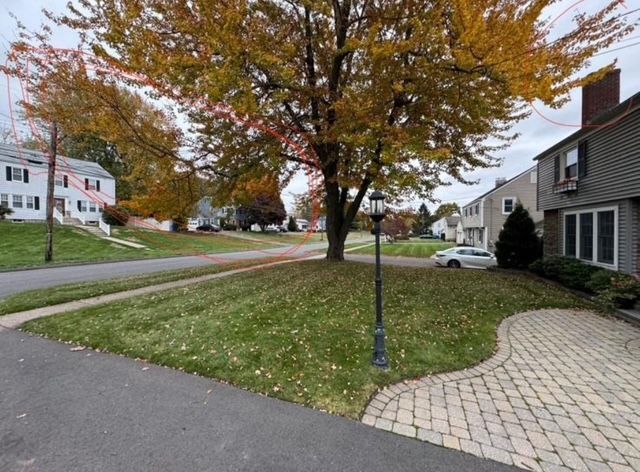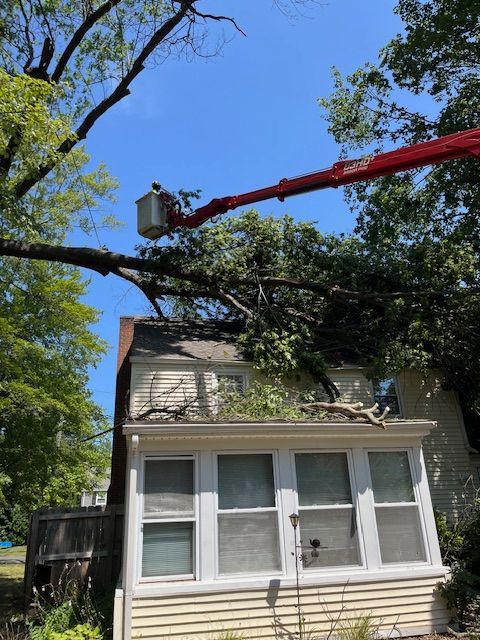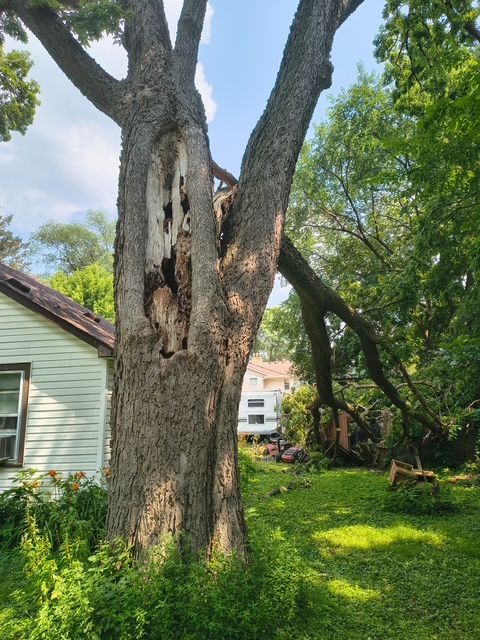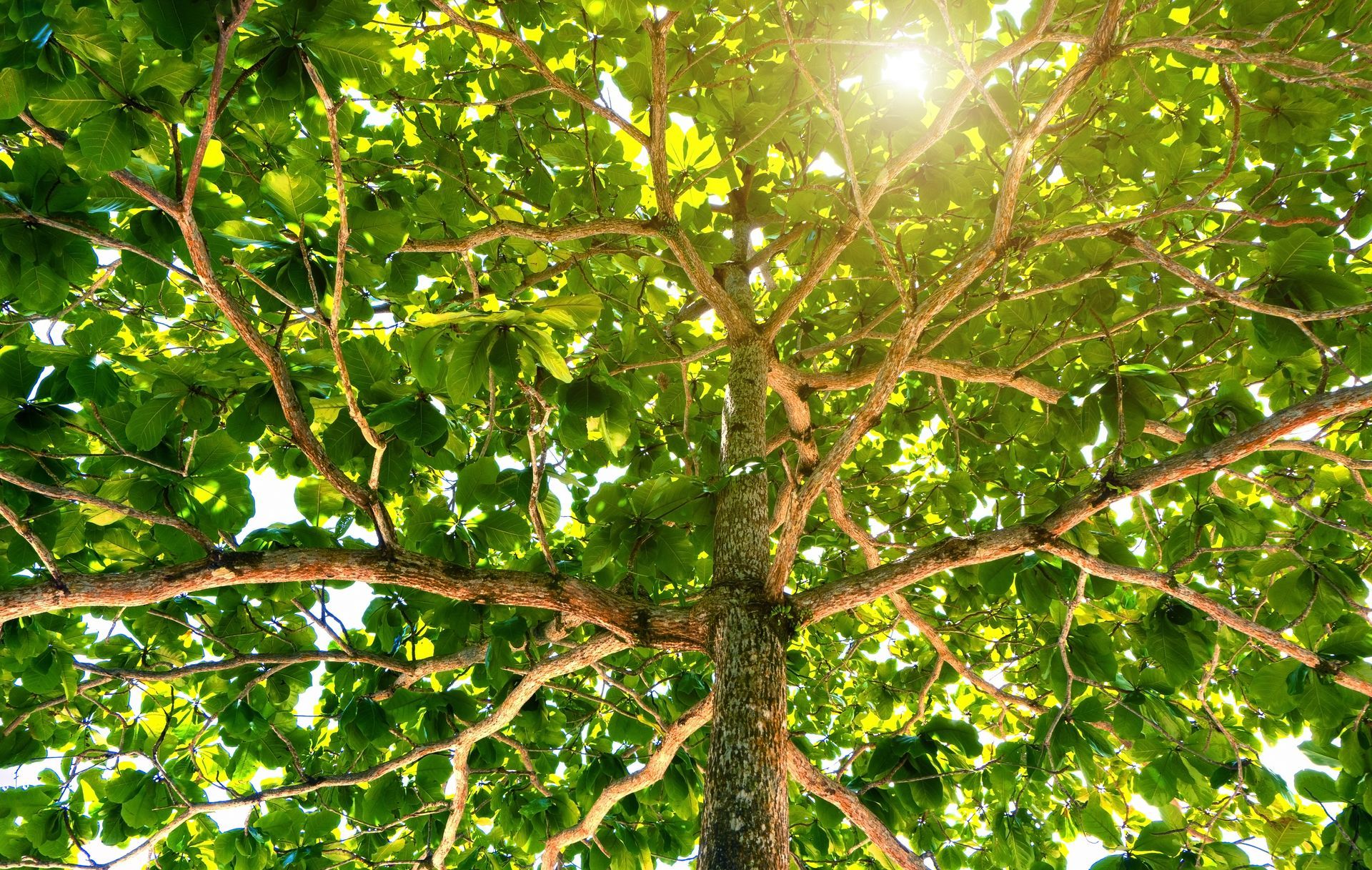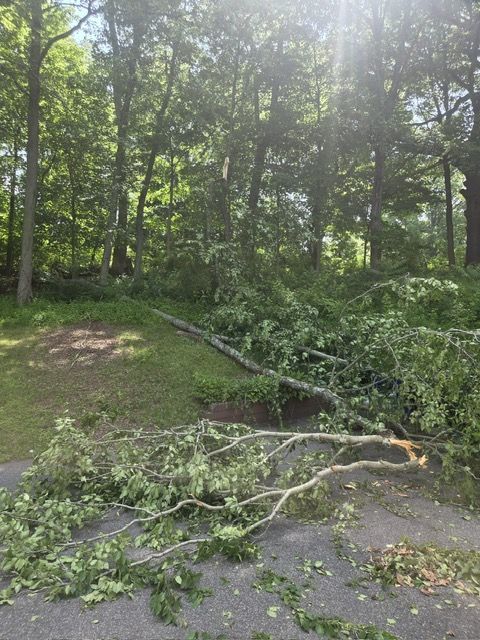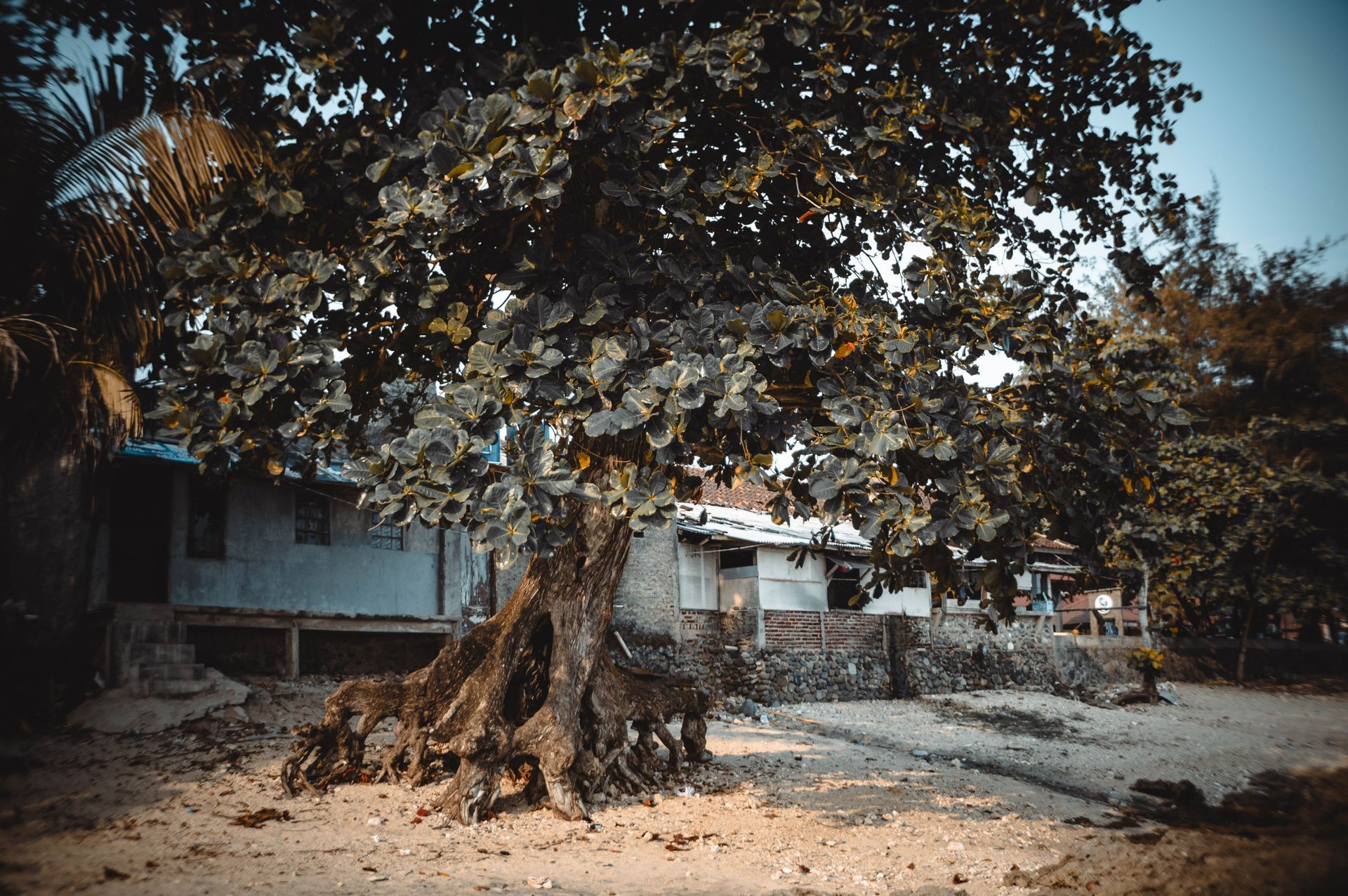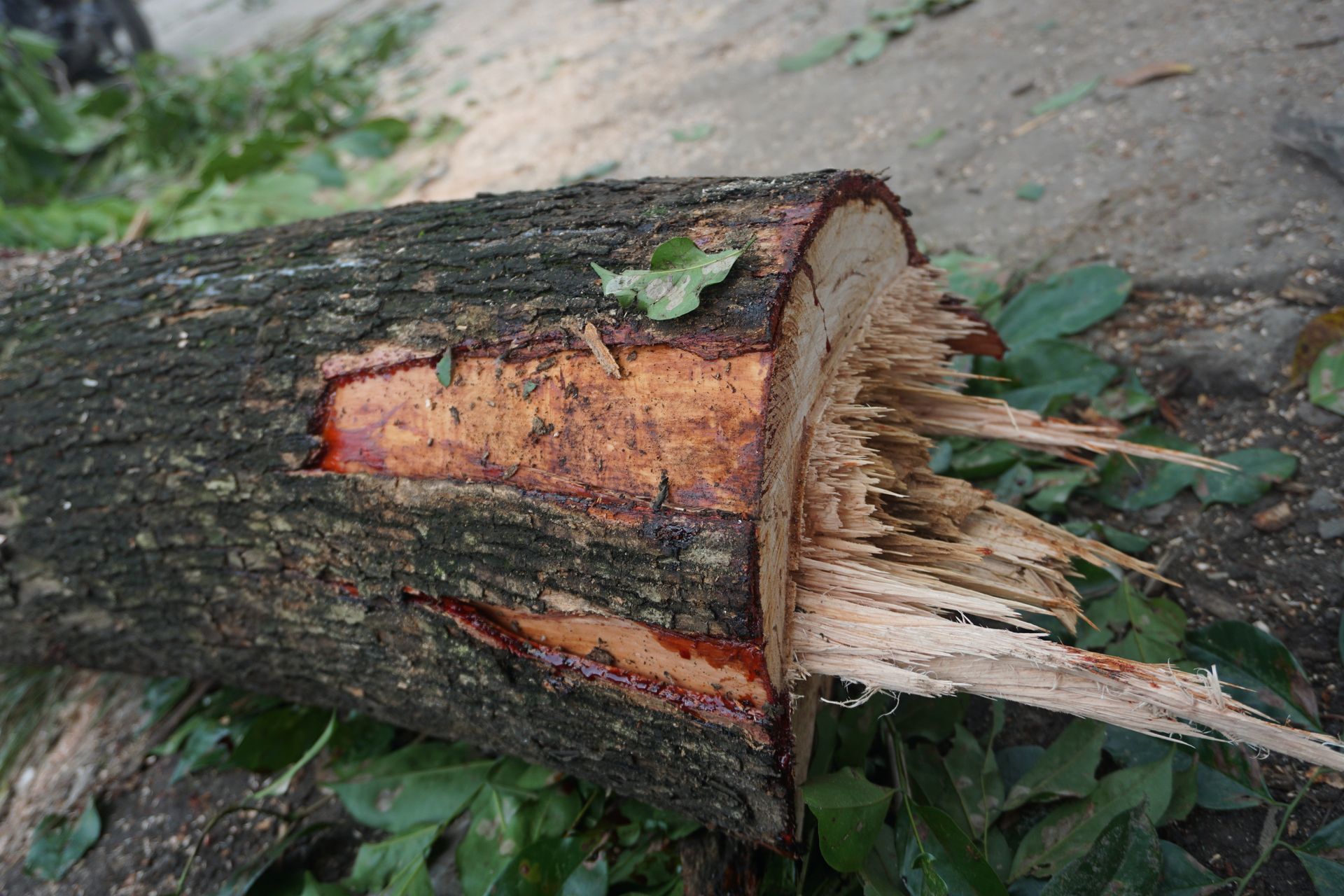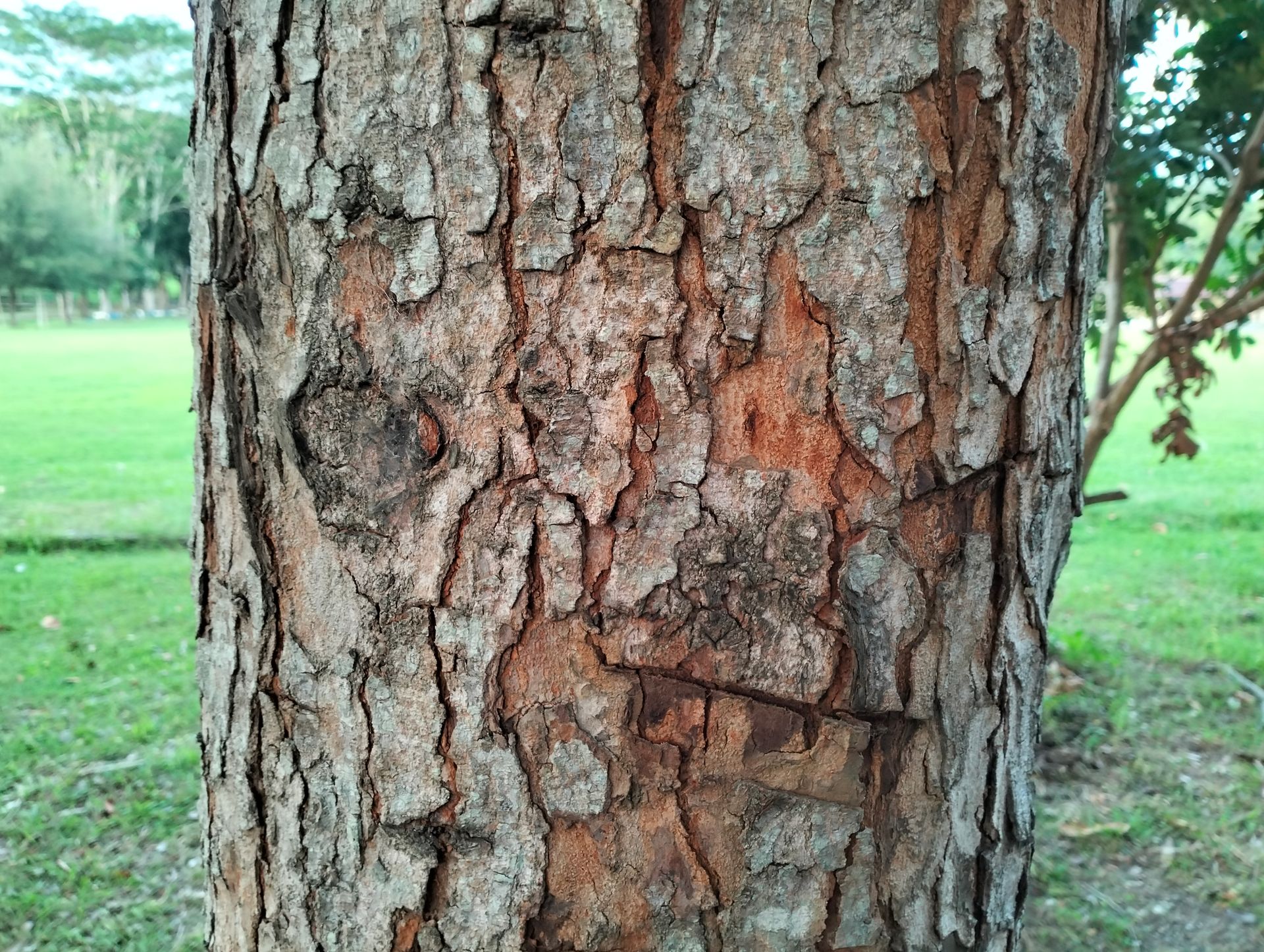Who is Responsible for Fallen Tree Removal?
Navigating Fallen Tree Removal: Responsibilities and Solutions
When a tree falls on your property, it can be a stressful experience. Understanding who is responsible for its removal and how to address the situation is essential for homeowners. In this guide, we'll explore the responsibilities associated with fallen tree removal and offer practical solutions for handling this common issue.
Responsibilities for Fallen Tree Removal:
The responsibility for removing a fallen tree depends on several factors, including its location and the circumstances surrounding its fall.
Here's a breakdown of the main scenarios:
Trees on Private Property:
If a tree falls from your own property onto your land, you are typically responsible for its removal and any resulting damage. It's wise to review your homeowner's insurance policy to understand coverage for tree removal and property repairs.
Trees on Public Property:
For trees on public property, such as sidewalks or streets, the responsibility for removal usually falls to the relevant municipal or local government authority. Homeowners should report fallen trees on public property to ensure timely removal by the appropriate authorities.
Neighbor's Trees:
When a neighbor's tree falls onto your property, determining responsibility can be complex. If the tree was well-maintained and healthy, your insurance may cover any resulting damage. However, if the tree was neglected or diseased, liability may fall on your neighbor.
Solutions for Fallen Tree Removal:
Regardless of responsibility, addressing a fallen tree promptly is crucial to prevent further damage and ensure safety.
Here are some effective solutions:
Assess the Situation:
Before attempting to remove the fallen tree, assess the extent of the damage and any potential hazards. Ensure there are no live power lines nearby and prioritize safety precautions.
Contact Your Insurance Provider:
If the fallen tree has caused significant damage, contact your homeowner's insurance provider to understand coverage options and initiate a claim for removal and repairs.
Engage Professional Tree Removal Services:
For large or hazardous trees, it's best to hire professional tree removal services. These experts have the necessary expertise and equipment to safely remove fallen trees and mitigate risks.
Communicate with Your Neighbors:
If a neighbor's tree falls onto your property, open lines of communication with them to discuss the situation and determine the best course of action. Collaborating with your neighbor can lead to a smoother resolution.
Knowing the responsibilities for fallen tree removal is vital for homeowners. By understanding who is responsible and taking prompt action, homeowners can minimize property damage and ensure safety. Whether through insurance coverage, professional services, or neighborly cooperation, addressing fallen trees promptly is essential for maintaining a safe and harmonious community.
